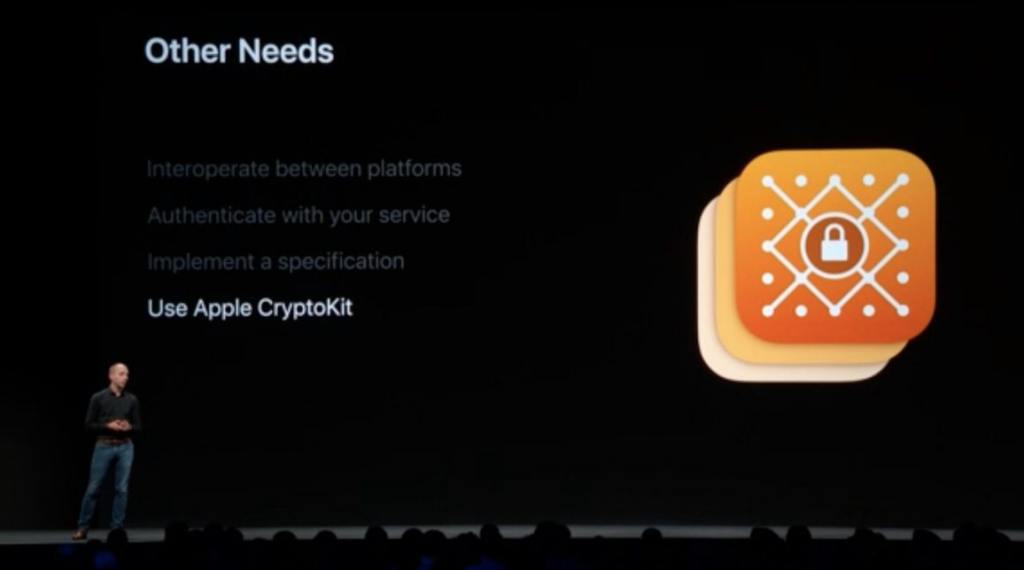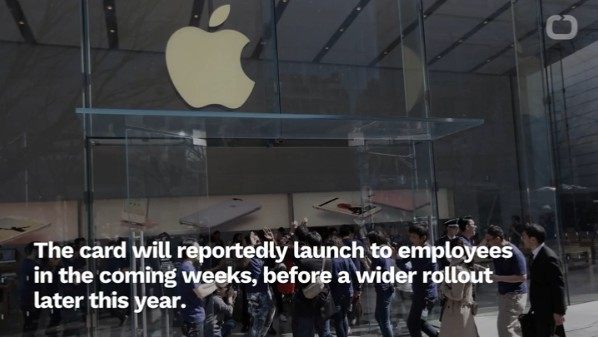
Historically, Apple’s WWDC keynotes have had a predictable cadence — spotlight a handful of new OS features, flash a word cloud with 40 more highlights on screen for a minute, and move on. But this year, Apple’s keynote presenters rushed through almost all their feature reveals and notably left a fairly big one out: CryptoKit, a new Swift developer framework that can compute, evaluate, and compare keys, store keys in a device’s Secure Enclave, and generate keys for encryption and authentication.
While Apple’s long-term goals for CryptoKit are somewhat ambiguous, blockchain applications are clearly on its radar. During a mid-week WWDC presentation, Apple’s Yannick Sierra jokingly opened his “Cryptography and Your Apps” talk by referring to it as the “Bitcoin session,” though the talk focused almost exclusively on less exciting uses, such as encrypting hiking app data.

At least for now, Apple appears to be mostly focused on helping developers more easily navigate the increasingly complicated minefield of cryptography challenges and enabling them to make use of user-authenticated Secure Enclaves. CryptoKit supports 256-, 384-, and 512-bit SHA-2 secure hashes, as well as NIST P-256, -384, and -521 signatures and X25519 keys.
But opportunities for developers to experiment with more secure and less resource-demanding blockchain wallets appears to be in the cards. In online documentation, the company tells developers to “prefer CryptoKit over lower-level interfaces,” noting that the new framework will free apps from managing raw pointers and automate security tasks, such as overwriting sensitive data during routine device memory management operations. In a possibly related move, the company also added Bitcoin symbol support to its San Francisco system font for the first time.
Though presenters at the “Bitcoin session” openly suggested that CryptoKit is an early step toward some ambiguous larger purpose, it is far short of a deep dive into the cryptocurrency world for Apple. Even during the tech world’s most feverish period of obsession with cryptocurrencies, Apple publicly said almost nothing on the topic, leaving traders to speculate — often wildly and incorrectly — about its plans. Its silence was such that one brief mention of its involvement in drafting blockchain guidelines for responsible mining led to speculation that the company might begin actively embracing cryptocurrencies. At this point, that unlikely prospect now appears to be on the horizon, though it’s unclear how long iOS and macOS will take to get there.
![[お知らせ]日本語サイトの更新停止のお知らせ](https://www.jbb.one/f/dynamic/img/89f47dd670454ab9a00a8a95501a0b12.png!sss)







